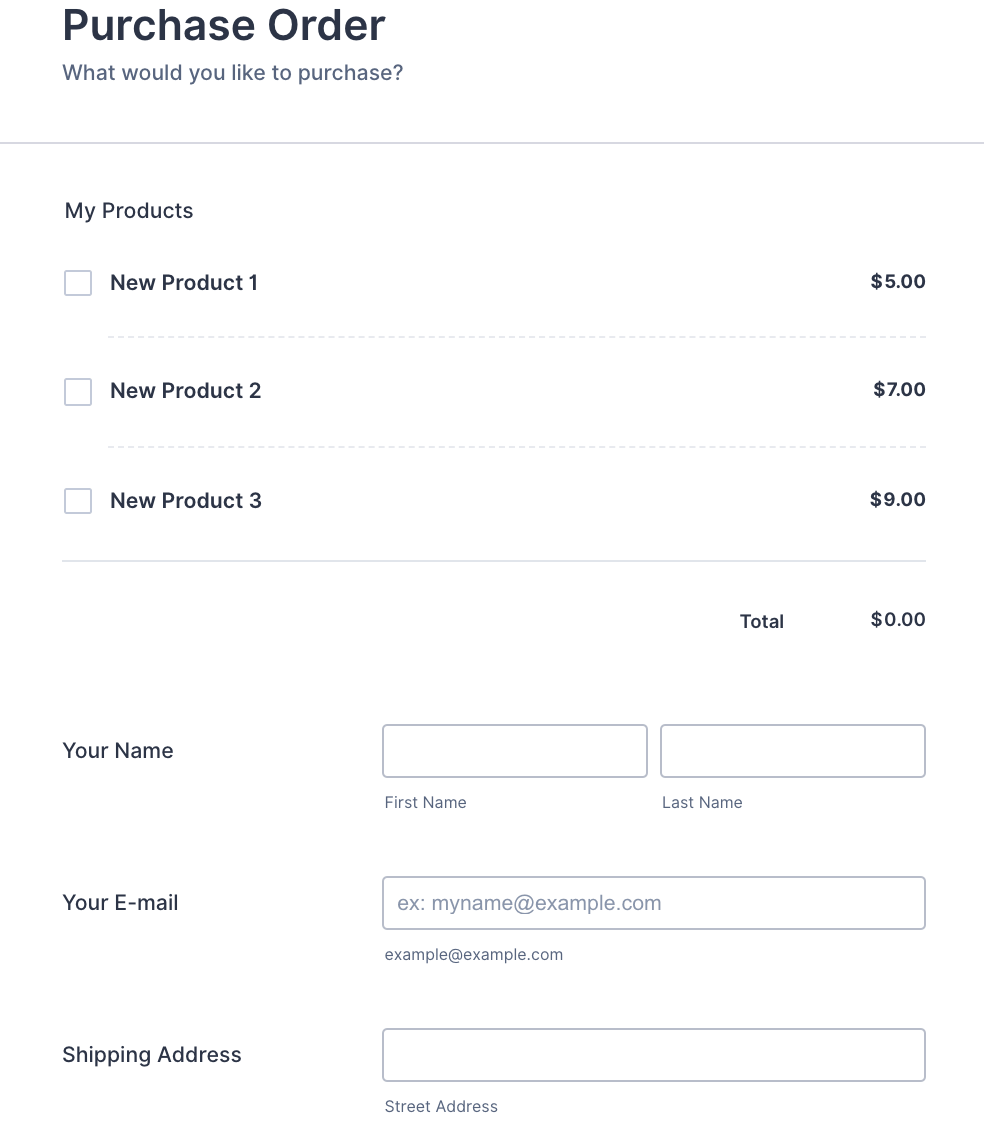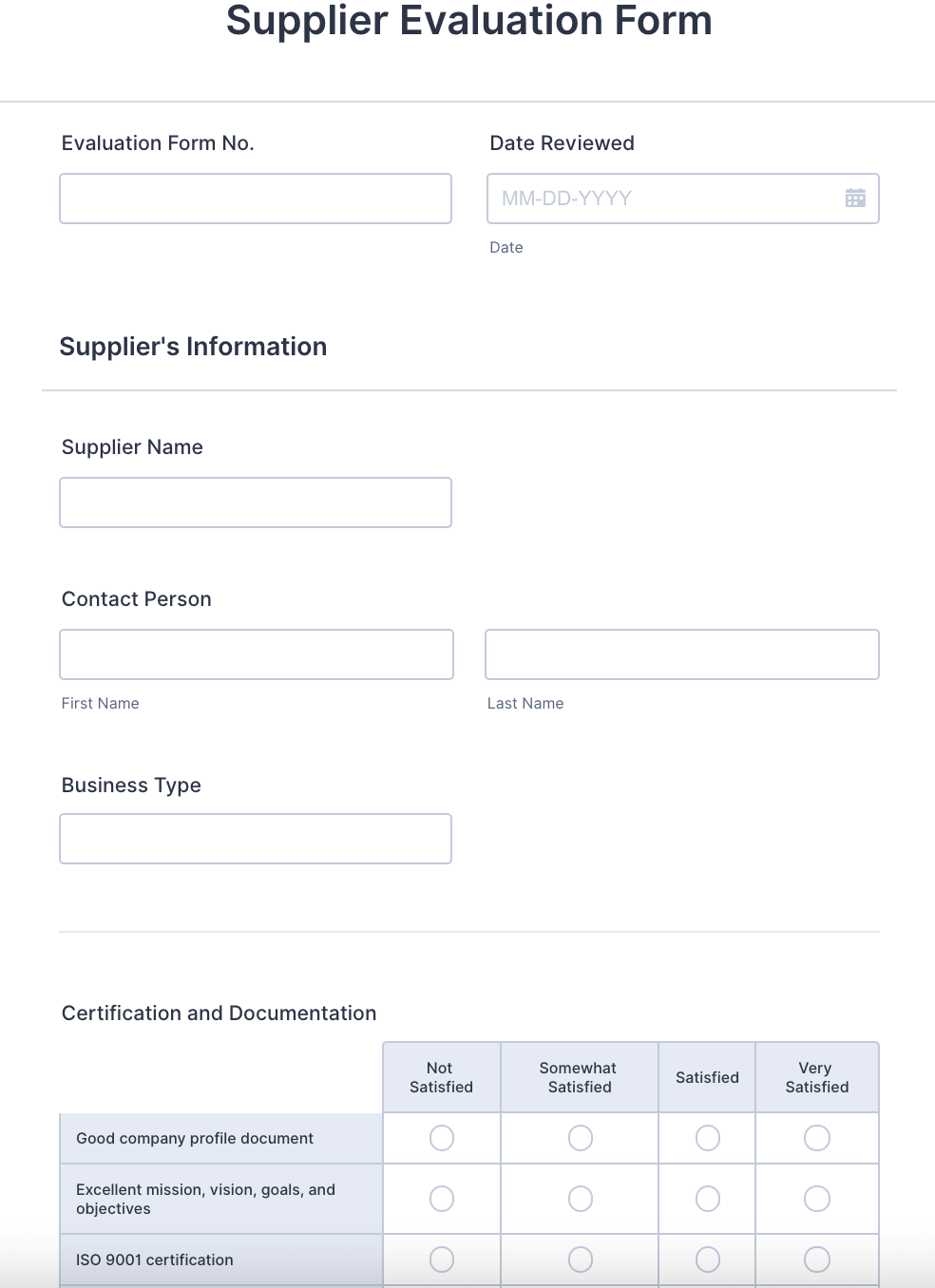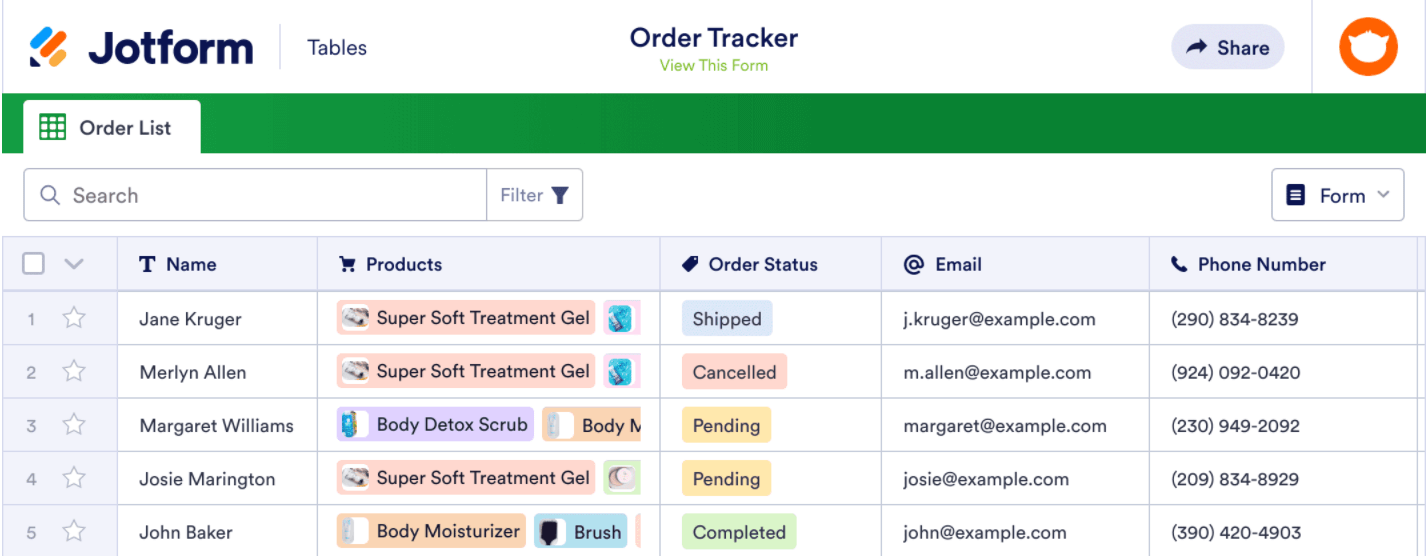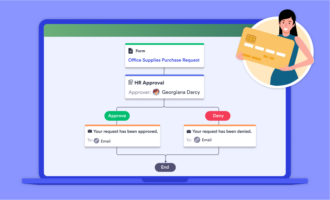How to create a PO system for small business
- Understand your current policies
- Choose PO software
- Design purchase forms
- Create a PO process workflow
- Define roles and access
- Implement and test the system
- Measure performance
If your business uses purchase orders (POs), you should have a PO system. There are many benefits of having a PO system for small business, and creating one doesn’t have to be complicated. Here are some of the benefits of creating a PO system and a breakdown of how to create one for your small business.
What is a purchase order system?
A purchase order system streamlines all the steps of your purchase order process. Purchase orders are an official confirmation that someone has placed an order for something from your business. Businesses use purchase orders to keep track of incoming orders, monitor stock levels, and allocate resources accordingly.
At a minimum, a good PO system for small business should allow you to create, monitor, and manage purchase orders effectively. A great PO system will incorporate automation to increase efficiency, eliminate redundancies, and reduce the risk of human error.
Pro Tip
Looking to organize and automate your PO system? Create powerful purchase order forms to keep track of inventory, orders, and tasks with Jotform.
Reasons to create a PO system for your small business
While a small business doesn’t necessarily need high-end purchase order software, it’s still important to have a PO system in place to avoid costly mistakes. Here’s why you need one.
Ensure legality and accountability
The last thing you want is to have legal issues with vendors. Purchase orders are a record of what you and your vendors have agreed to and offer protection for both parties. For instance, it’s difficult for a vendor to suddenly increase prices if a PO is in place to hold them accountable.
POs also provide a paper trail in case a financial audit takes place in the future, so make sure your POs are readily accessible by storing all of your PO data in a digital, searchable hub.
Save time and money
Manually managing POs increases the likelihood of mistakes like sending duplicate purchase orders. No matter how organized a person is, there’s always the risk of human error, which can cause lots of wasted effort and unnecessary spending.
Implementing an automated, digital purchase order system can help mitigate this risk by allowing employees to focus on more strategic tasks instead of dealing with tedious manual data entry. This will improve your team’s overall efficiency and productivity.
Track expenses more efficiently
Another advantage of using a digital purchase order system is easier tracking, as you can monitor outgoing payments quickly and accurately. From an accounts payable perspective, it’s also easier to see how much you’ll need to pay out for invoices in the future.
Improve planning and budgeting
Purchase order software can also make the procurement process easier. The data this system gathers provides insights into spending, incoming orders, and stock levels. It allows you to see exactly what you’re spending to help you with planning and budgeting.
7 steps to creating a PO system for small business
Now that you understand why a PO system is important, here are seven simple steps to creating one.
1. Understand your current policies
Before you make any changes, know where you’re starting from. What does your current purchase order process look like? Write down your step-by-step process to help figure out what software capabilities you may need.
2. Choose PO software
Once you understand your current workflow and policies, you’ll be better equipped to identify any potential issues and important needs. For example, if your purchase orders require approval from a manager, you may want to create a purchase order approval workflow, which you can do with the help of the right PO software.
3. Design purchase forms
Forms are the foundation of most purchase order systems. There are purchase requisitions, purchase order forms, and approval forms, to start. Compile a list of all of the forms you need to create and begin designing them, or work from ready-made form templates if you’re looking to save time.
4. Create a PO process workflow
Each business’s purchase order workflow will look a little different. However, most workflows will involve creating a purchase order, entering the order data in a PO form, and getting approval from certain parties, like management or accounting.
When designing your workflow, consider integrating automated reminders to help keep the process moving and on track.
5. Define roles and access
Clearly indicate what each of your team members is responsible for and provide access accordingly. In other words, only give access to those who truly need it.
When you’re managing purchase orders in a digital space, the last thing you want is too many cooks in the kitchen. If everyone on your team has access to approval forms, for example, there’s opportunity for fraudulent activity — whether intentional or accidental.
6. Implement and test the system
Once you’ve designed your workflow, assigned roles, and gotten your forms ready, it’s time to implement your purchase order system. Before you fully roll it out, test the system with a small group of people to make sure everything is working smoothly.
7. Measure performance
Once your PO system has been live for a few months, it’s a best practice to collect feedback. You can set up digital feedback forms for your internal team and for customers to determine if there’s anything that you can do to make the process easier, more efficient, or more transparent for all stakeholders.
Collecting honest feedback is pivotal to improving your processes.
A purchase order system with Jotform
When using purchase order software for small business, you should be able to automate and standardize the creation and management of purchase orders. You should also be able to keep track of inventory, orders, and tasks.
If you’re looking to both organize and automate your PO system, you can’t go wrong with online form builder Jotform. You can easily create your own forms from scratch or take advantage of Jotform’s library of purchase order form templates. You can also connect your forms with hundreds of other apps.
On top of that, with Jotform Tables, you can access Jotform’s collection of premade, customizable spreadsheet templates, including tracker templates, and integrate the data you collect from your forms. Similarly, with Jotform Approvals, you can access approval workflow templates to simplify the PO creation process.
Creating a PO system for your small business is both smart and simple, especially with helpful resources like Jotform.




















Send Comment: